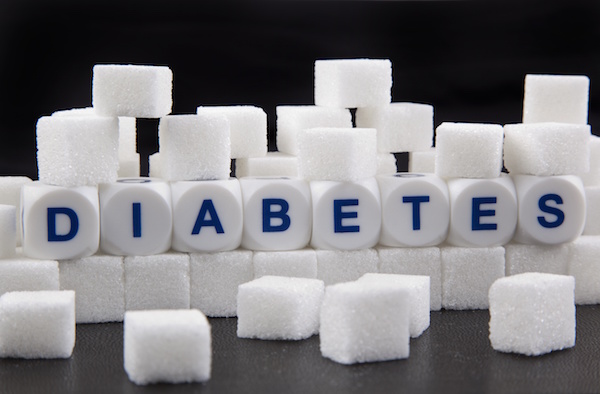
MONDAY, Aug. 19 (HealthDay News) — Chemicals used in plastic food wraps and containers could be contributing to childhood diabetes and obesity, two new studies claim.
One study links phthalates to increased insulin resistance in children, while another associates bisphenol A (BPA) with high body-mass index (BMI) and expanding waistlines. Both studies appear online Aug. 19 and in the September print issue of Pediatrics.
“There is increasing concern that environmental chemicals might be independent contributors to childhood diseases related to the obesity epidemic,” said phthalates study author Dr. Leonardo Trasande, an associate professor of pediatrics and environmental medicine at the NYU School of Medicine. “Our research adds to these growing concerns.”
Trasande’s study reviewed insulin resistance and urinary levels of phthalates in 766 kids aged 12 to 19. Previous studies have linked phthalate exposure to insulin resistance in animals and human adults.
Phthalates are chemicals used to soften and increase the flexibility of plastics and vinyl. They are suspected endocrine disruptors, and manufacturers have discontinued their use in baby products like teething rings and pacifiers.
The study found that insulin resistance in children increased with levels of a phthalate called di-2-ethylhexylphthalate, or DEHP. The association held even after researchers took into account the children’s caloric intake, BMI and other risk factors for diabetes.
“There are lab studies suggesting these chemicals can influence how our bodies respond to glucose,” Trasande said. “In particular, they are thought to influence genes that regulate release of insulin. There are other potential mechanisms, but that is the main mechanism of concern.”
In the other study, researchers Dr. Donna Eng and colleagues at the University of Michigan found that high urinary levels of BPA are associated with increased risk of obesity.
BPA is used to make polycarbonate and epoxy resins for a wide variety of products. For example, aluminum cans use a BPA lining to prevent corrosion. It has been linked to a wide variety of health concerns, and the U.S. Food and Drug Administration has banned its use in sippy cups, baby bottles and infant formula packaging.
The study reviewed data on about 3,300 kids aged 6 to 18, and found that children with high BPA levels tend to have excessive amounts of body fat and unusually expanded waistlines.
However, in a related journal commentary, Dr. Robert Brent of Cornell University pointed out the limitations of using urine levels alone to determine the extent or impact of chemical exposure.
Dr. Hugh Taylor, chair of the Yale School of Medicine’s department of obstetrics, gynecology and reproductive sciences, said these studies “point out the vulnerability of children to environmental chemicals. It seems the younger you look, the more things are developing and the more vulnerable they are to these type of insults.”
However, Taylor added that the food wrapped in containers with phthalates and BPA likely are doing as much or more to contribute to diabetes and obesity as the chemicals themselves.
“It’s probably more about the type of diet these kids are eating,” Taylor said. “A move toward healthier natural food is always a good idea, not just because of the elimination of BPA and phthalates but for all the other health benefits. If we think about more common-sense eating of healthy foods that aren’t packaged in a way that would introduce BPA and phthalates, we would be so much better off.”
Trasande recommends that parents avoid using plastic containers with the recycling numbers 3, 6 or 7, in which phthalates or BPA are used.
“I also advise families not to microwave plastics, hand wash plastic containers, and throw away plastic containers where there is etching or other damage to them,” he said.
While the new studies found associations between chemicals in plastic and insulin resistance and obesity in children, they did not establish cause-and-effect.
More information
For more about phthalates, visit the U.S. National Library of Medicine.
Copyright © 2025 HealthDay. All rights reserved.

